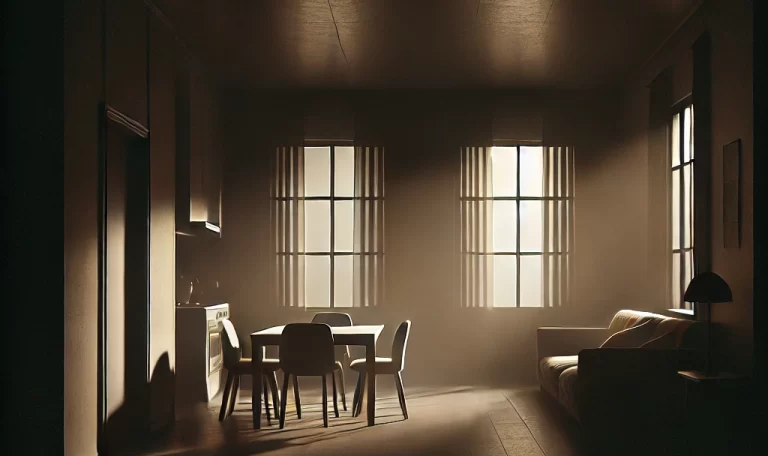Written by Temitope Awolusi., Content Curator Volunteer, Enconverge In this blog post, we’ll explore the benefits of natural light towards a greener future, its impact on the environment, and we shall provide practical tips on how to maximize its use in our daily lives. NATURAL LIGHT Natural light can be construed as the light that…...
Individual Premium Membership Required
You must be a Individual Premium member to access this content.
Already a member? Log in here




